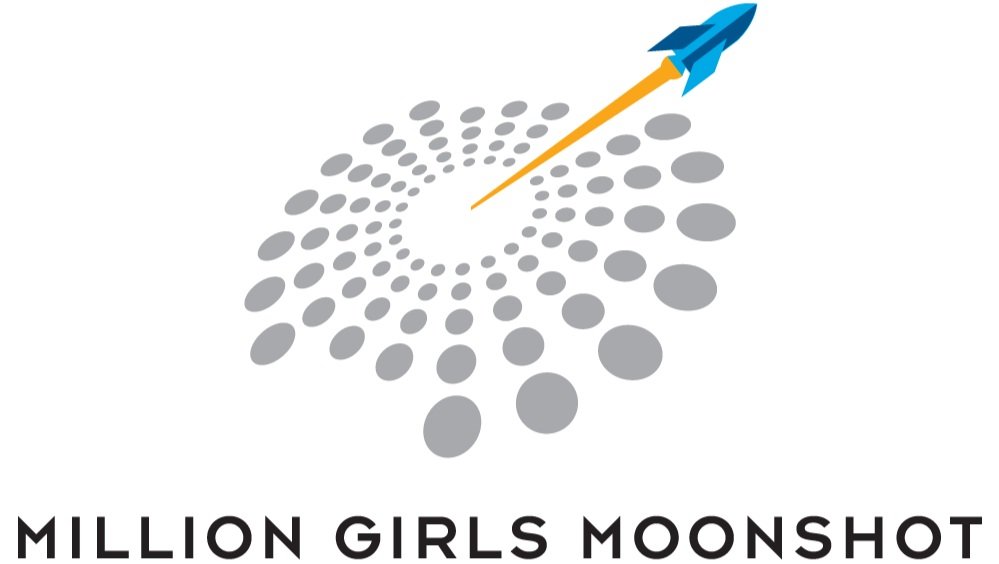
Increasing Access Strategies
The Increasing Access Strategies address barriers to youth participation in afterschool programs and STEM opportunities, and build on the experiences within the community that each afterschool program serves. Increasing Access focuses on helping all youth have access to high-quality STEM opportunities and to feel welcome in STEM.
-
Community Engagement
-
Data Informed Decision Making
-
Program Design
-
Program Operations
Community Engagement
This strategy points to the importance of engaging the community to have a broad and inclusive reach, provide equitable programming, and serve the community’s needs. The stakeholders you engage should be diverse and representative of your community and of the youth you serve. Community engagement comes in many forms, such as seeking out and listening to community organizations and leaders who serve diverse youth, engaging families in meaningful ways, and partnering with local businesses to expose youth to a variety of STEM professionals and careers.
Community Engagement Tactics:
Create plans for internal and external communication and outreach
Build cross-sector partnerships to cultivate a STEM learning ecosystem
Offer community and family engagement opportunities
Tips & Resources:
For an in-depth review of family engagement in STEM, consult STEM Next Opportunity Fund’s Changing the Game in STEM with Family Engagement. This robust white paper identifies five practices to help afterschool networks and program engage families.
Review SciGirls’ Engaging Latinx Families Guide, a summary of seven strategies and helpful tips for STEM programs to engage Latinx families.
Watch Families & STEAM: Strengthening Relationships & Building Partnerships webinar from NGCP to hear strategies for and examples of engaging families in STEAM programming.
Visit Science Near Me to see who else is invested in STEM in your community
Read stories of how afterschool STEM programs are strengthening partnerships in the STEM Ready America Compendium.
Review NGCP’s collection of collaboration resources, including a summary of Exemplary Practices in Creating Successful Collaborations
Data Informed Decision Making
This strategy focuses on using data and research to inform decision making and programming. It is important to ask families what they need and to ask youth what they want in an afterschool program, paying particular attention to reaching families and youth from diverse backgrounds in your community (income, race, ethnicity, neighborhood). Connect with schools and community-based organizations that are already serving youth and families in your area to learn more about what services they provide and what gaps there are to fill. Then, look to research and other afterschool-focused resources to design a program that will engage and effectively serve girls and other underserved youth in STEM. Or, if your program is already in operation, see how it aligns with current research and make adjustments as necessary.
Data Informed Decision Making Tactics
Identify ways to collect youth and program level data to improve program quality
Collect feedback from youth and families
Conduct evaluation to assess broader community needs
Tips & Resources
Search the Assessment in Informal STEM website for evaluation tools to use in afterschool STEM programs.
Review SciGirls Strategies: How to Engage Girls in STEM, a guide that describes six research-based strategies to engage girls in STEM, including an overarching framework and tips for implementation.
Review NGCP’s collection of Exemplary Practices related to Engaging Girls in STEM, including relevant publications and webinars.
Review research briefs about STEM in afterschool by the Afterschool Alliance, including This is Afterschool STEM, a one-pager that makes the case for afterschool STEM.
Select your state to find data related to afterschool STEM in your state from the Afterschool Alliance American After 3pm report.
Watch Growing Together: The Future of Programs for Girls webinar from NGCP, in which researchers and evaluators provide insight on what girl-centered evaluation and research might look like.
Program Design
Increasing access to STEM needs to be built into afterschool programs from the very beginning. It is important that the program design reflects a commitment to providing access to all youth, engaging and serving diverse youth and their families, and helping all youth feel welcome in STEM.
Program Design Tactics:
Involve stakeholders who represent the community and offer diverse perspectives in program design
Form an advisory board with key stakeholders to provide ongoing guidance and feedback
Be intentional in program design to engage and effectively serve all youth
Tips & Resources
Review NGCP’s collection of Exemplary Practices related to Access and Equity, including relevant publications and webinars.
Read stories of how afterschool STEM programs are ensuring access to quality STEM in the STEM Ready America Compendium.
Review Community Engagement resources above to help involve family and community stakeholders.
Use the STEM Ecosystems Logic Model Template to guide program design and measurement to transform STEM for youth.
Learn strategies for designing equitable and meaningful Out-of-School-Time programs for youth in these briefs from the Wallace Foundation:
Review the Afterschool STEM HUB toolkit developed by the Frameworks Institute
Program Operations
This strategy focuses on the importance of program operations when designing an afterschool program to broaden participation in STEM. Important components of program operations include, but are not limited to, staff recruitment and retention and logistical considerations such as location and transportation. Tap into resources designed to help recruit and retain diverse staff. Think about the location of your program – are there any barriers for youth/families to access the location or to feel welcome there? If so, how can you address those barriers?
Program Operations Tactics:
Ensure all youth have access to programming (location, schedule, transportation, technology)
Ensure all youth feel welcome (broad outreach to diverse populations, marketing designed to engage all youth, welcoming environment)
Recruit and retain staff who are representative of the community
Tips & Resources
Watch Creating and Sustaining a Caring Culture in Afterschool and Summer Programs webinar from the Afterschool Alliance.
Read stories of how afterschool STEM programs are ensuring access to quality STEM in the STEM Ready America Compendium.
Watch Changemakers! Practitioners Advance Equity and Access in Afterschool Programs webinar from the Afterschool Alliance.
Read the article Cultural competence in afterschool programs, including a discussion of staff recruitment
Read Transportation: a barrier to afterschool programs, an article in Youth Today
Learn about the barriers to access in afterschool STEM and use the data to support your program’s efforts in STEM Learning in Afterschool on the Rise, But Barriers and Inequities Exist summary report, fact sheet, and infographic from the Afterschool Alliance.




